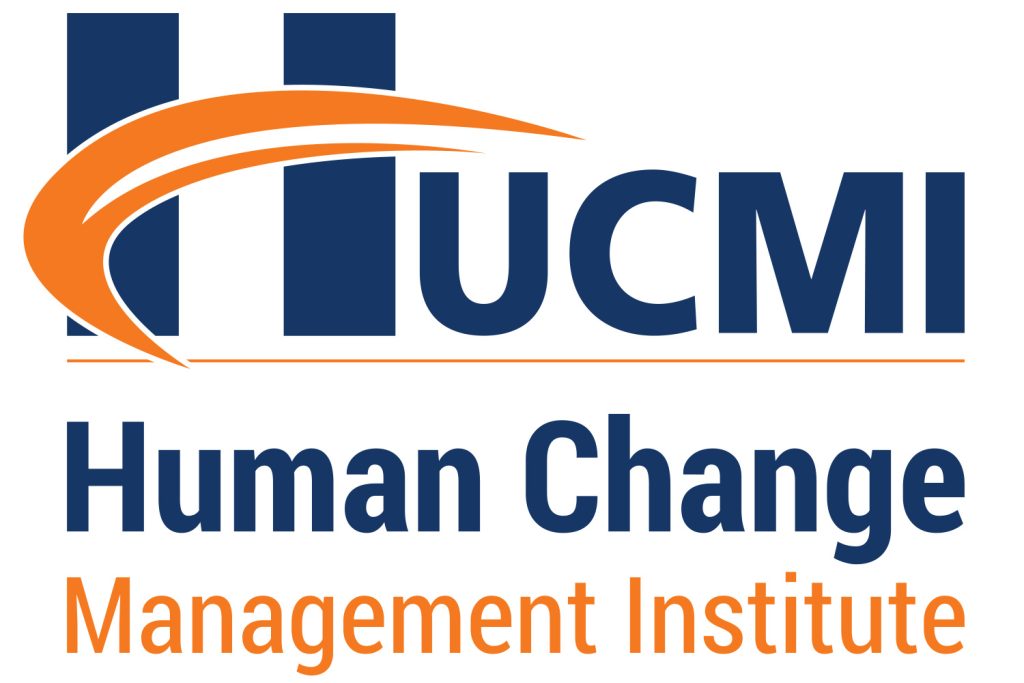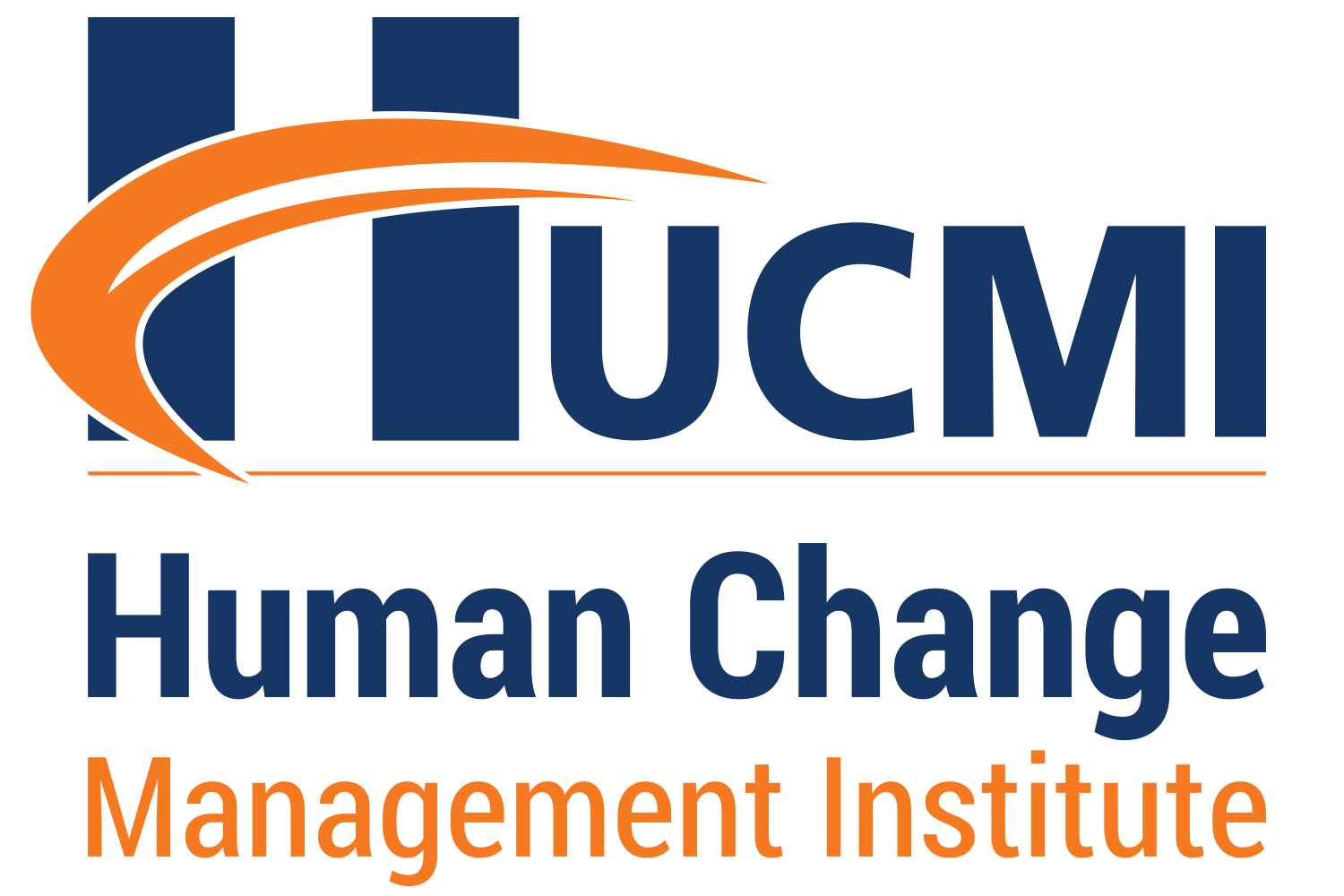In the late 1930s, Franklin Delano Roosevelt, the President of the United States, responded to a young constituent who criticized him for not moving quickly enough on matters of national importance. Roosevelt’s reply was profound:
“Young man, if I move too fast, I will look back and no one will be there.”
FDR’s response showcased his exceptional leadership and change management skills, making him one of the greatest leaders in history. He recognized the importance of considering the human aspect of change. Rather than setting the pace solely based on his own ability to move quickly, FDR understood the need to establish a speed that allowed those around him to absorb, embrace, and execute the initiatives.
This interaction exemplifies the dilemma that many leaders face: How fast should they move? What level of urgency should they apply to their projects?
The truth is, not everyone adapts to change at the same pace. People are ready to embrace change at different moments, and each individual reacts to stimuli in a unique way. What may work for one person may push another in a different direction.
It is common for leaders to respond to these questions with a resolute “let’s move as fast as possible, let’s go full steam ahead.” While certain business and life circumstances may demand such an approach (and I have experienced those myself), most of the time, leaders have the opportunity to find a better pace. In this context, a better pace means not only moving the business in the desired direction but also enabling the entire organization to move in sync, supporting the leader and benefiting from the journey as a whole.

Reflecting on this, it’s interesting to draw a parallel between organizations and race cars. Juan Manuel Fangio, a five-time Formula One world champion, once responded to a question about his job being to “go as fast as possible” by saying:
“In fact, in Formula 1, it does not matter how fast you go. It is how slow you can go and still win the race.”
Similar to racing cars, businesses sometimes crash and burn if they move faster than the team can handle or if the entire organization is not aligned. If winning the race or bringing about a fundamental shift in your business is the ultimate goal, perhaps moving at a slightly slower pace can ensure that your team stays together, supporting you every step of the way.
That is why, in a business setting, leaders must have a deep understanding of their teams, peers, and stakeholders. They need to recognize the individual speed at which each person can move and design strategies to help them embrace change. Leaders must inspire, encourage, and empower their team members to move faster than they might naturally do on their own. They need to facilitate progress and prepare their teams to accelerate even further in the future—to grow and demonstrate that change doesn’t have to be as difficult as it seems. Leadership should involve coaching, positively impacting the lives of team members and helping them become better professionals.
Is defining the right speed of change an art? At first glance, one might answer yes, especially for individuals with a technical background who tend to focus on code quality, process design, or platform efficiency, often neglecting the crucial human aspect.
However, upon closer examination, defining the speed of change is not solely an art. It doesn’t have to be approached like a distant concept, akin to appreciating a concerto by Rachmaninoff. There is science, knowledge, and methodology behind it. Understanding human and corporate behavior and recognizing its significance reduces the speed of change to a concrete concept that can be managed, influenced, and impacted. It remains fascinating because it involves human beings, but it becomes accessible and applicable. This is precisely what the Three-Dimensional Stakeholder Management, part of HUCMI’s methodology, aims to demonstrate.
Finding the right speed of change requires leaders to navigate the delicate balance between urgency and cohesion. It involves understanding the individual dynamics of their teams, peers, and stakeholders, while also recognizing that not everyone adapts to change at the same pace. By incorporating the human element into their strategies, leaders can create an environment that encourages growth, embraces change, and fosters collaboration. Remember, it’s not always about how fast you go, but rather about finding a pace that ensures everyone is on board for the journey ahead. By doing so, leaders can drive meaningful transformations, propel their organizations forward, and ultimately achieve success together.
Want to learn more about HUCMI’s international training and certification programs? Visit us on: https://changemanagement.software/hcmbok-human-change-management-body-of-knowledge-training-and-certification-program/
Follow us: https://linktr.ee/hucmiinter
Click here to download a summary of the HCMBOK®


